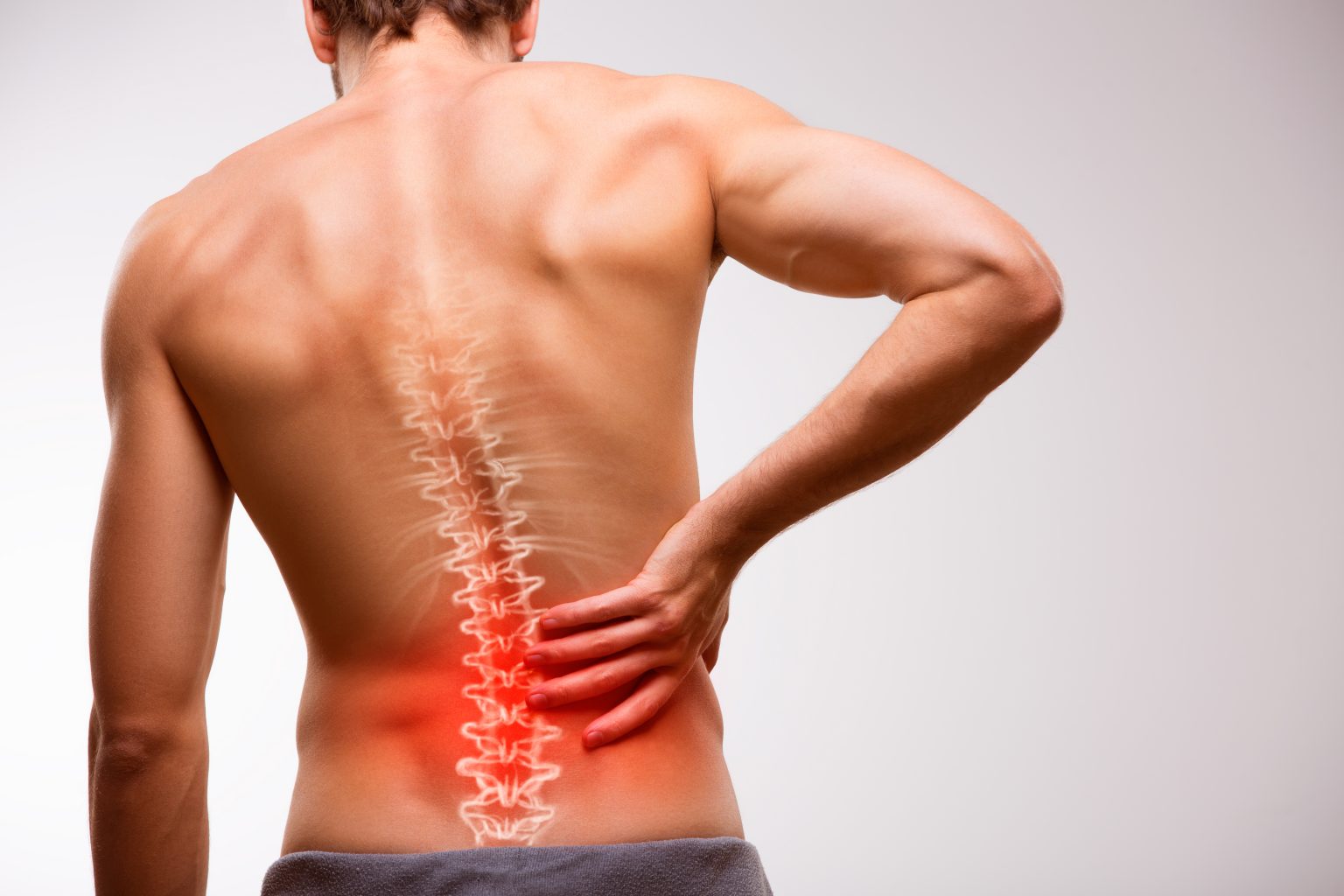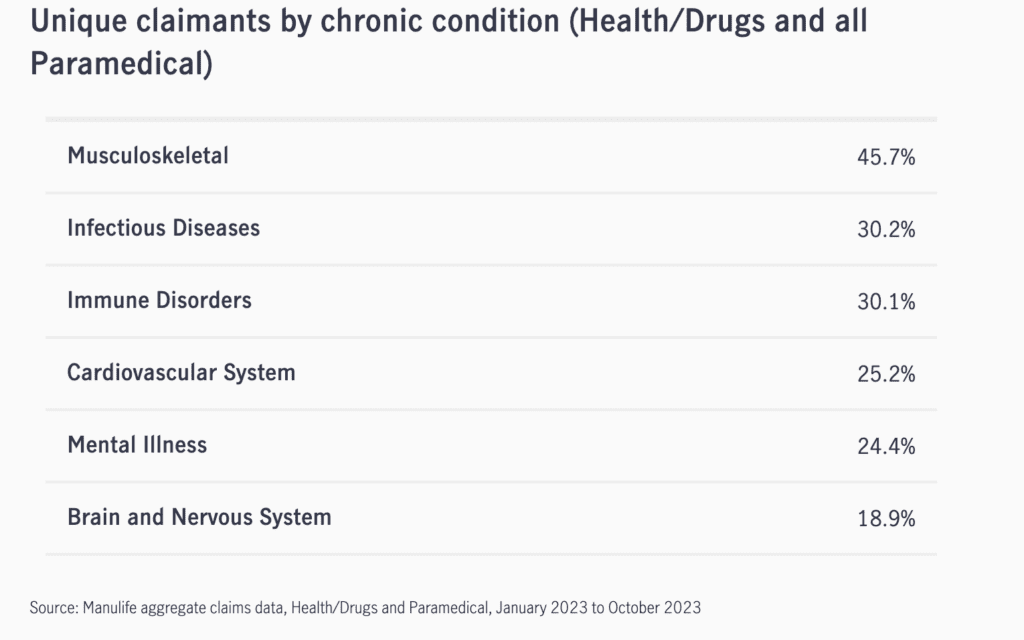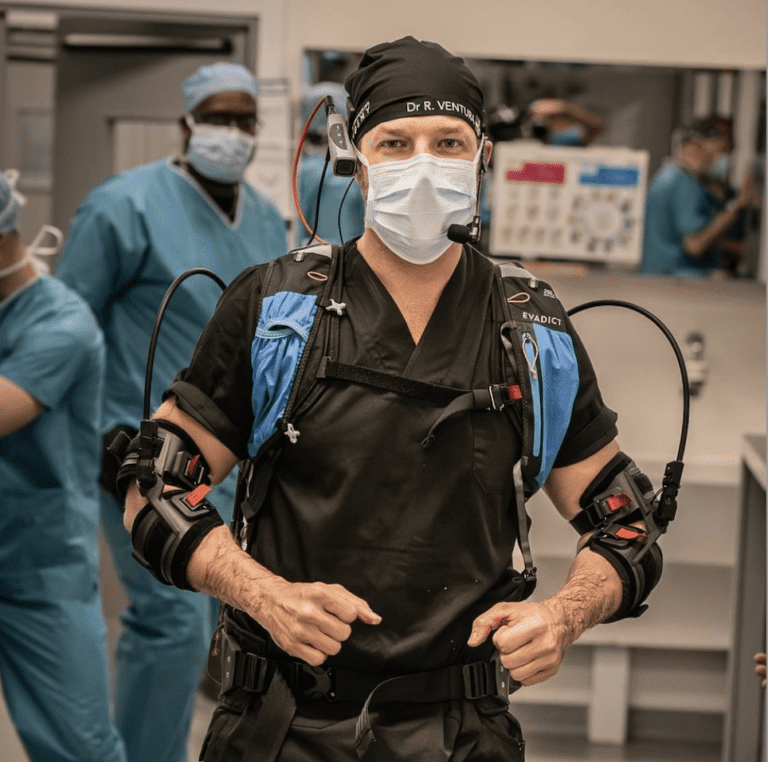
Musculoskeletal disorders (MSDs) affect an increasing number of workers in various sectors. MSDs include a wide range of conditions that affect muscles, tendons, ligaments, nerves, and other structures. We also often talk about back pain or lower back pain.
Back pain is the evil of the century, as the adage goes. But this is also what science says, which has measured that back pain is the leading cause of disability worldwide, and it will get worse by 2050.
Some statistics on the incidence of MSD’s in Canada
According to the WHO, more than 1.71 billion humans are affected by it worldwide.
MSDs are the leading factor in disability worldwide and low back pain is the most common cause of disability in 160 countries, according to the WHO.
According to the INSPQ, musculoskeletal disorders of non-traumatic origin caused more than 2.5 million days of absence from work on average per year, in Quebec alone. Men contributed 60% of this total.
The average duration of absence associated with these injuries was 105 calendar days, with no difference between men and women (105 vs. 106 days, respectively).
The cost of these problems is estimated in this study at more than CAD$25 billion/year.
Data collected by Manulife here between January 1 and October 31, 2023 shows that musculoskeletal injuries and pain represent 21% of all disability claims in Canada.
This data also shows that there are more unique claimants for musculoskeletal health conditions than for any other chronic condition: more than 45% of all unique claimants submit claims for such conditions.

You would think that the trend towards automation and robotization would reduce these numbers, but not at all. In fact, the opposite is true: a recent Amazon report found that warehouse automation actually increased workers’ MSDs by 77% due to a higher pace of work and less stress. reduction in the variety of tasks to be accomplished.
Are exoskeletons the solution? At least partly, as recent scientific research is tending to demonstrate. In fact, a Clemson University study found that exos improved lifting capacity by 6 to 7 percent, reduced peak back muscle activity by 9 to 13 percent, and made participants feel more secure. Another study, this time by Iowa State University, found that exoskeletons reduced back muscle fatigue, improved the way people process information, reduced mental workload, and increased task accuracy (which meant that exoskeleton wearers made fewer mistakes).
Contact us to learn more about how Umanistic could help you reduce MSDs in the workplace with our wide choice of exos.
Share post



